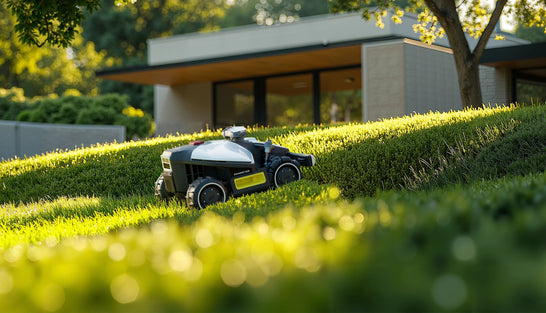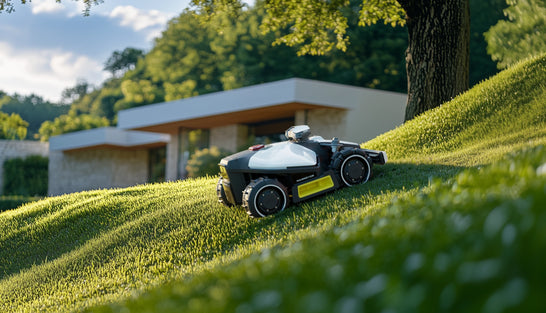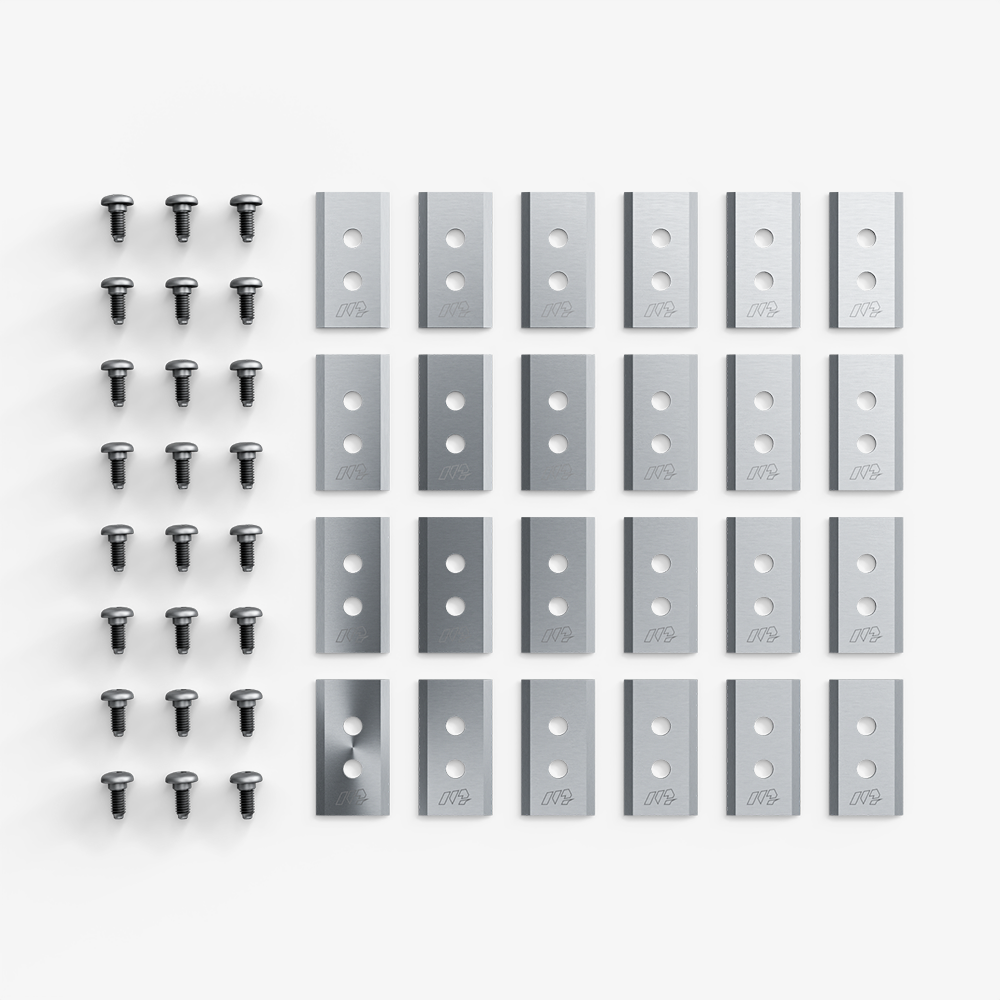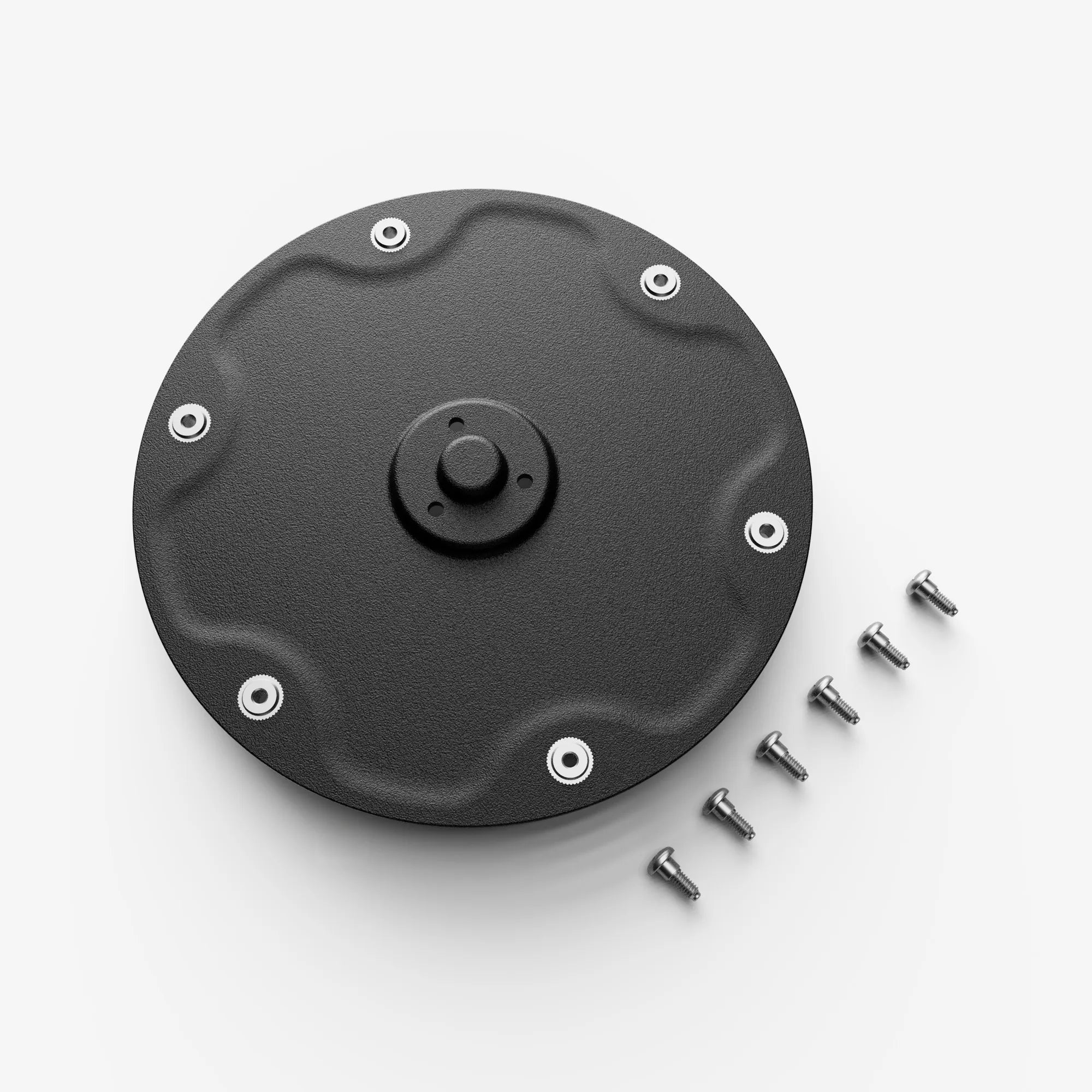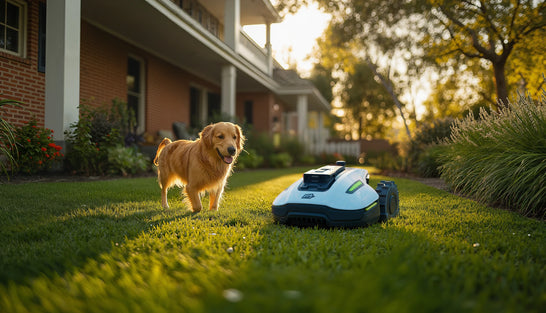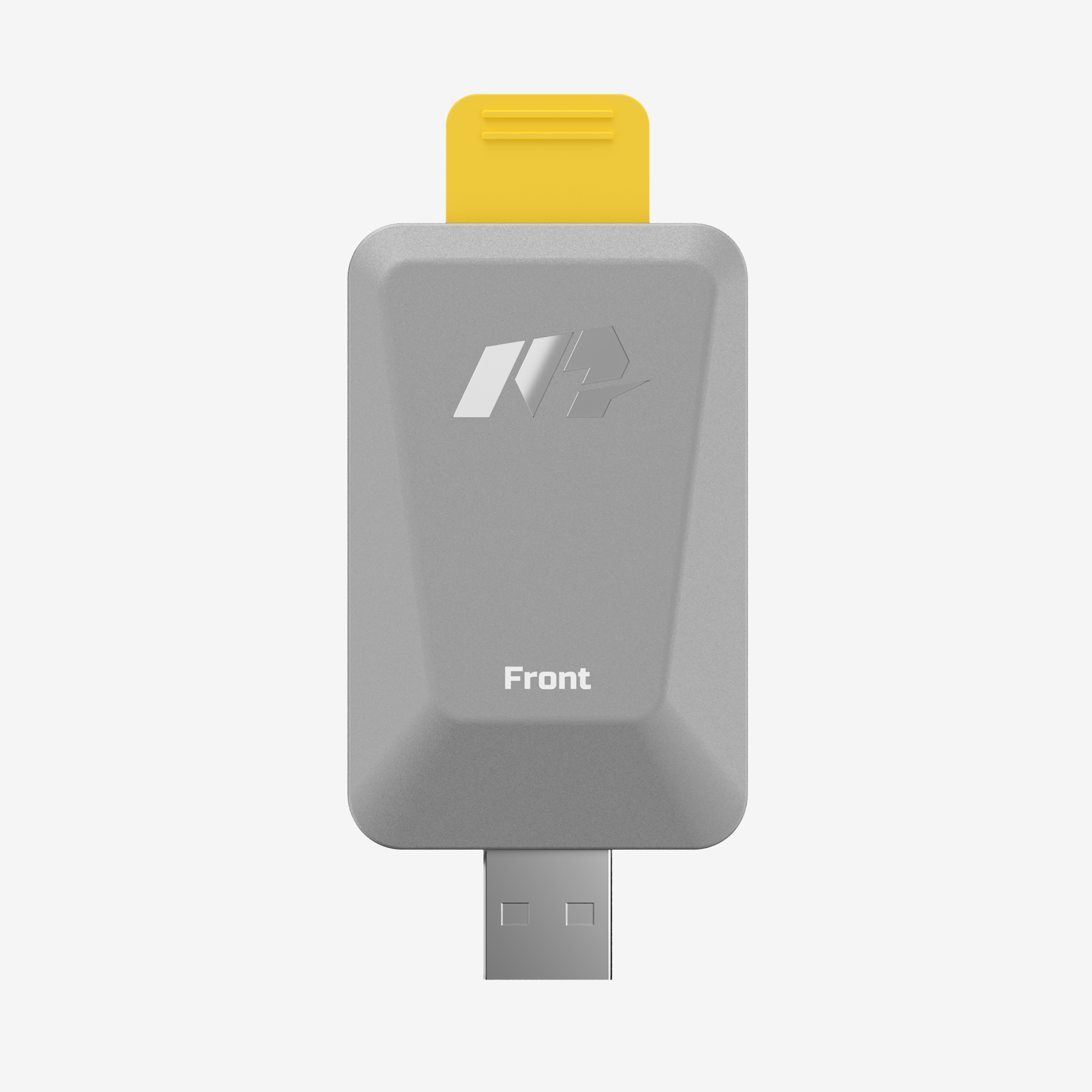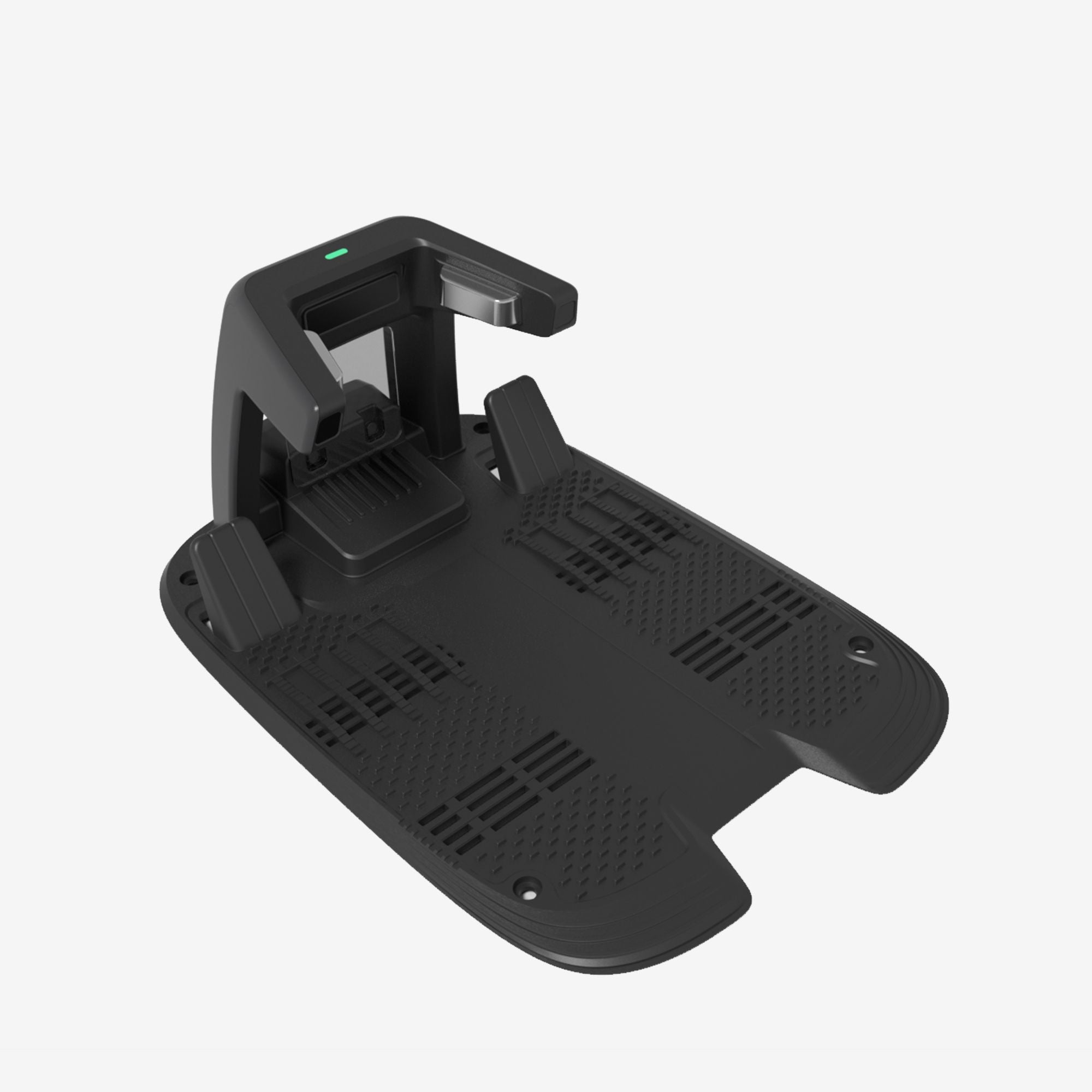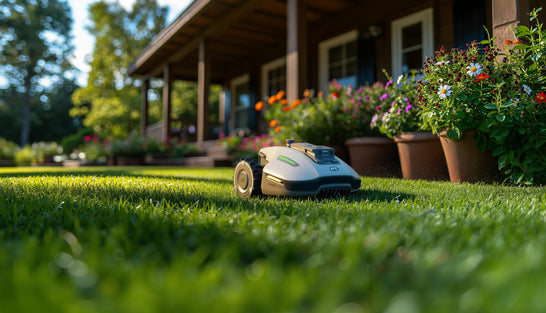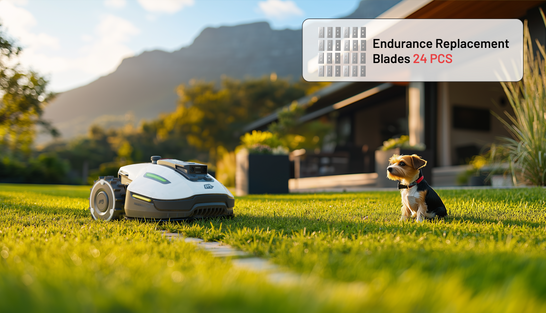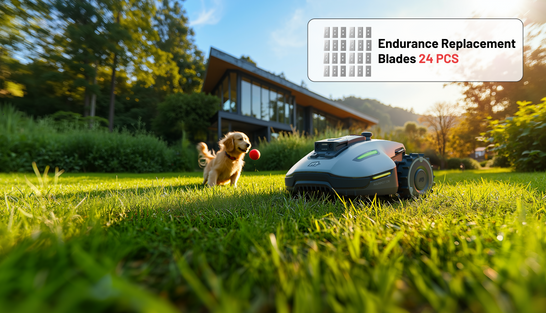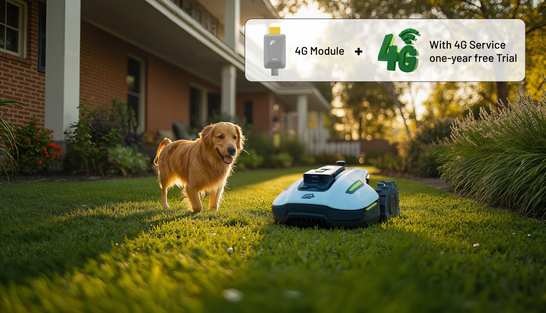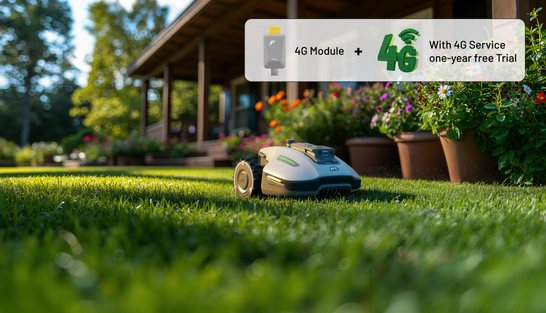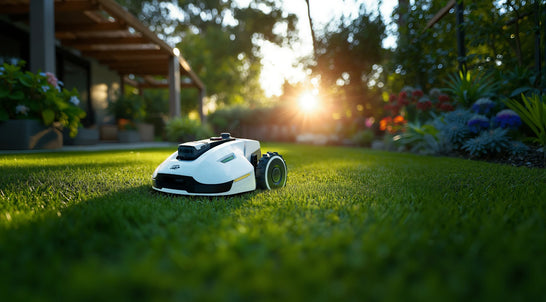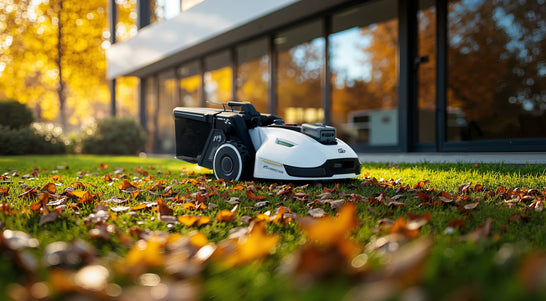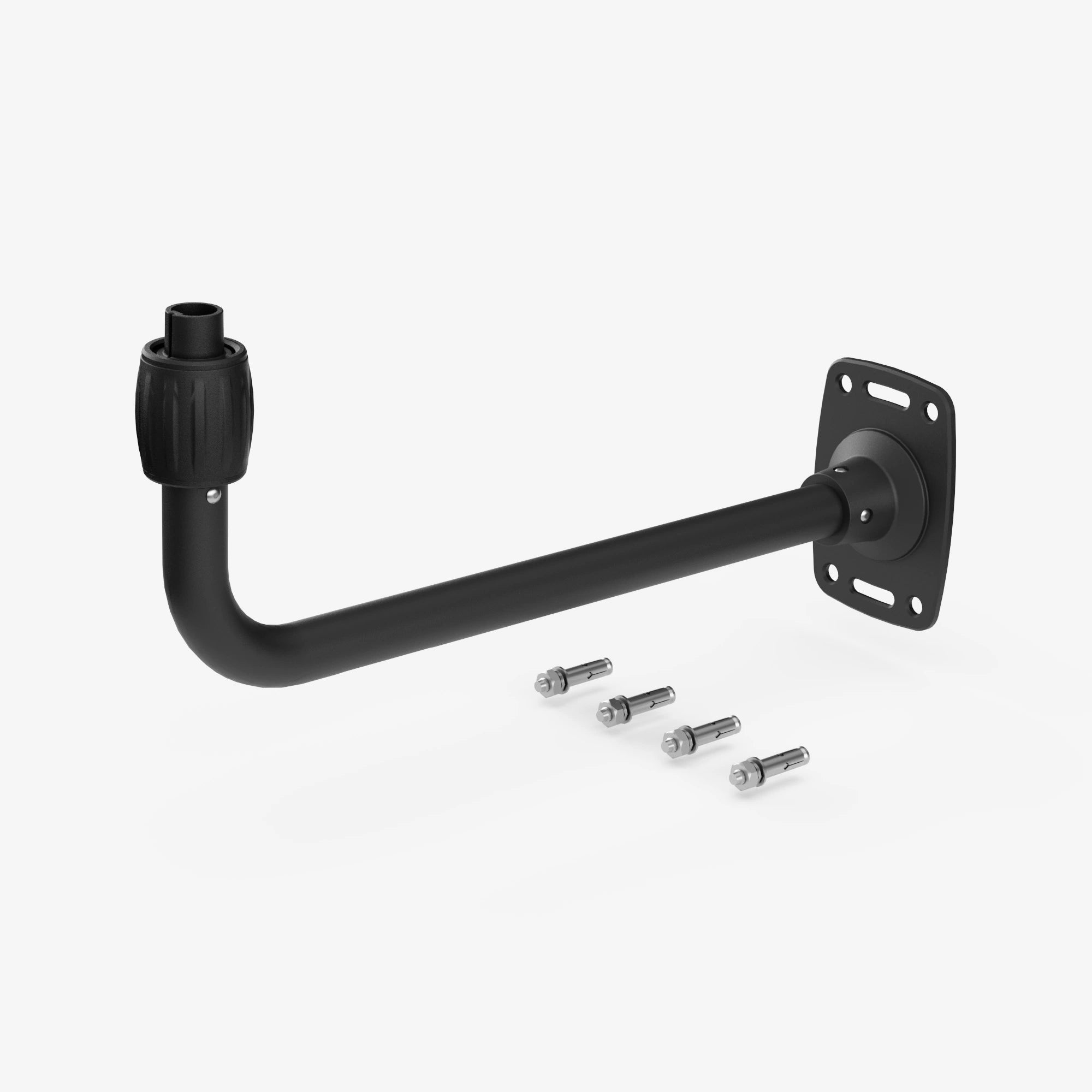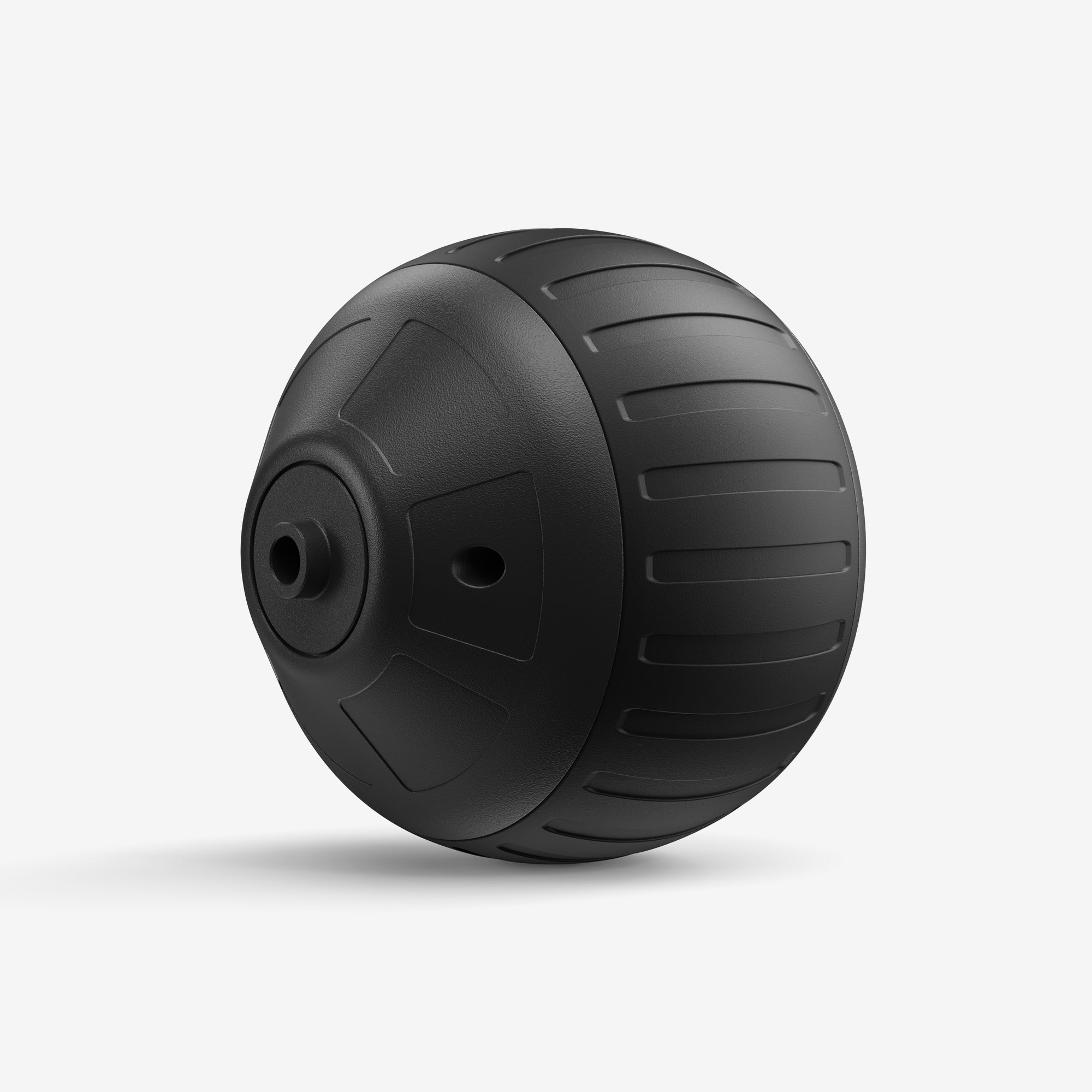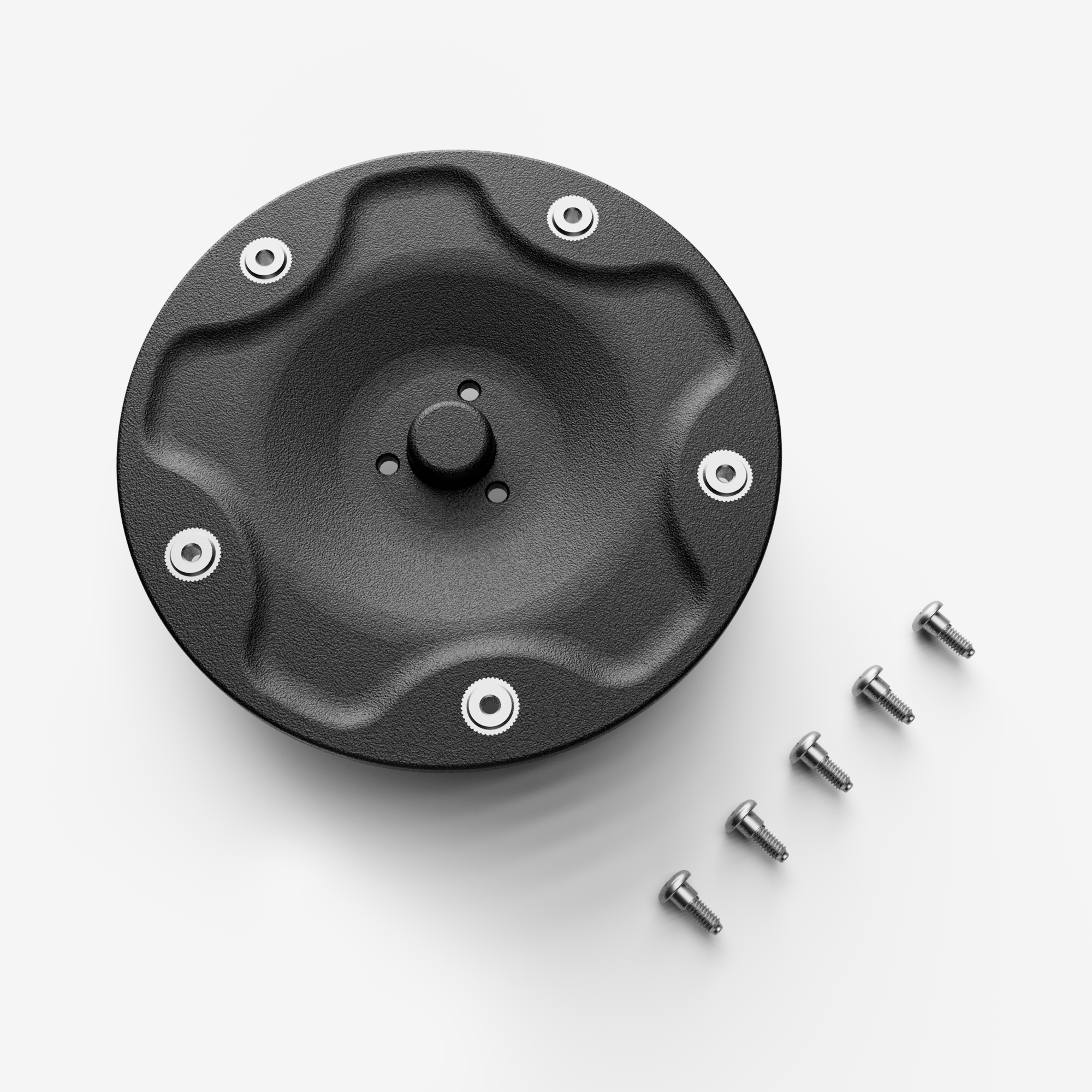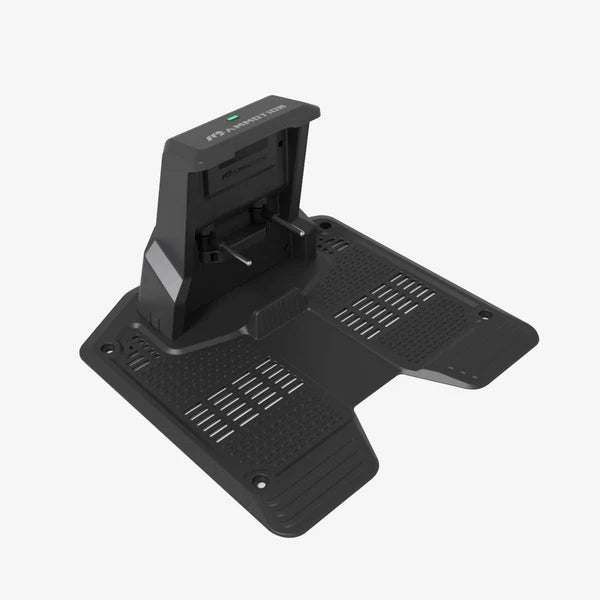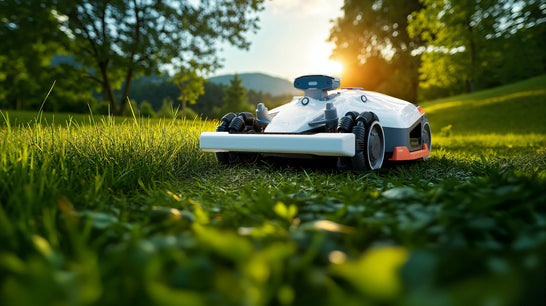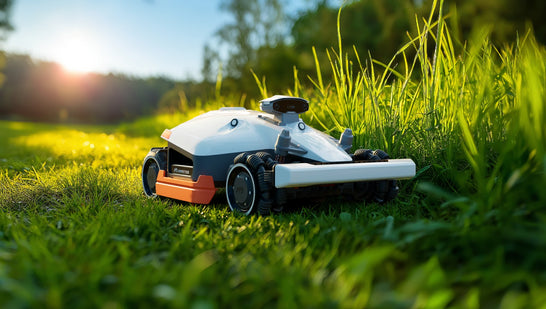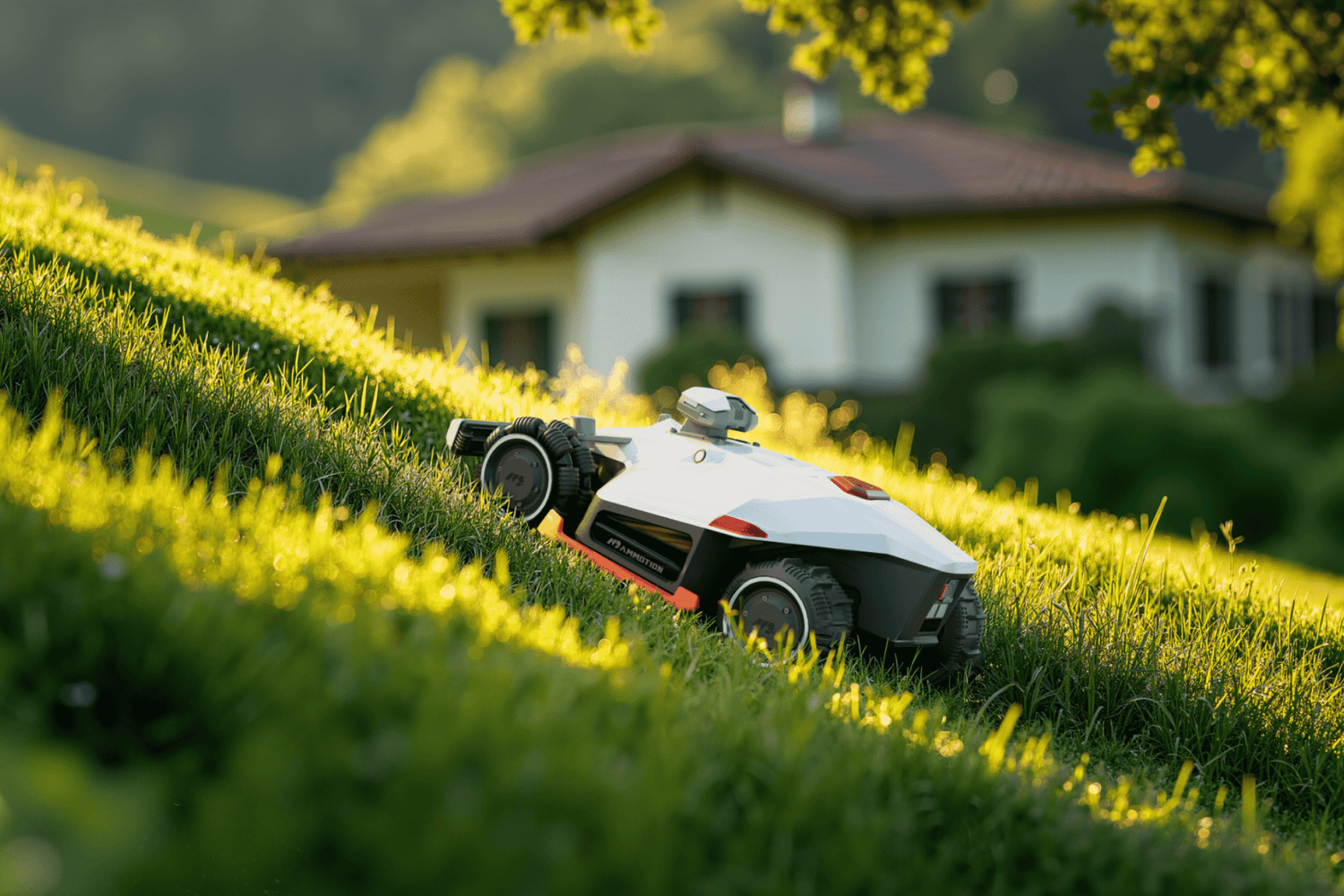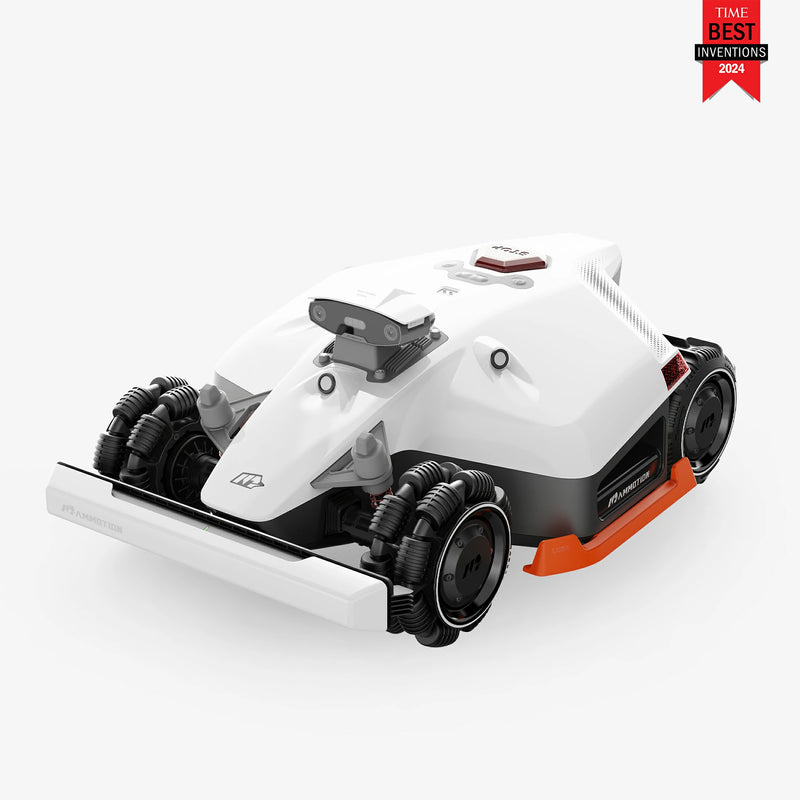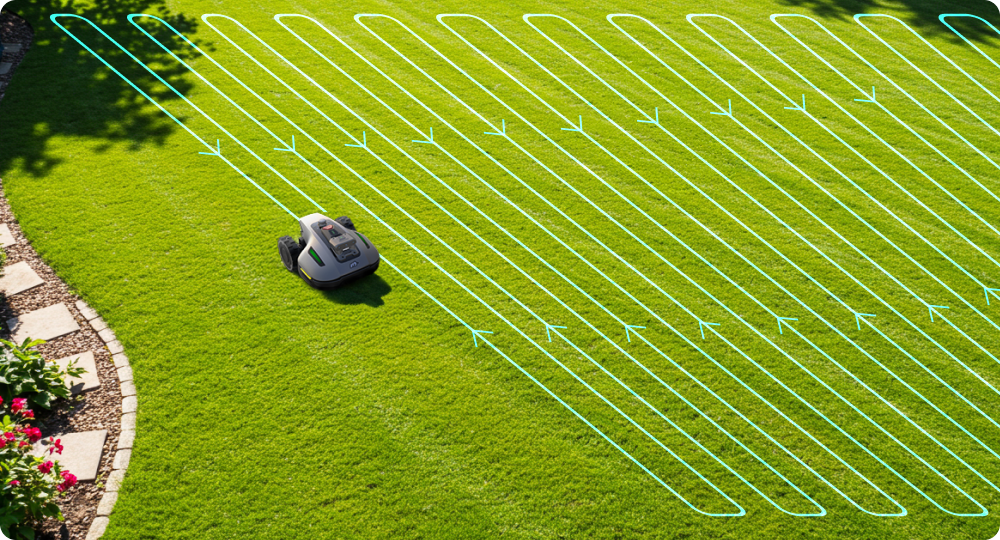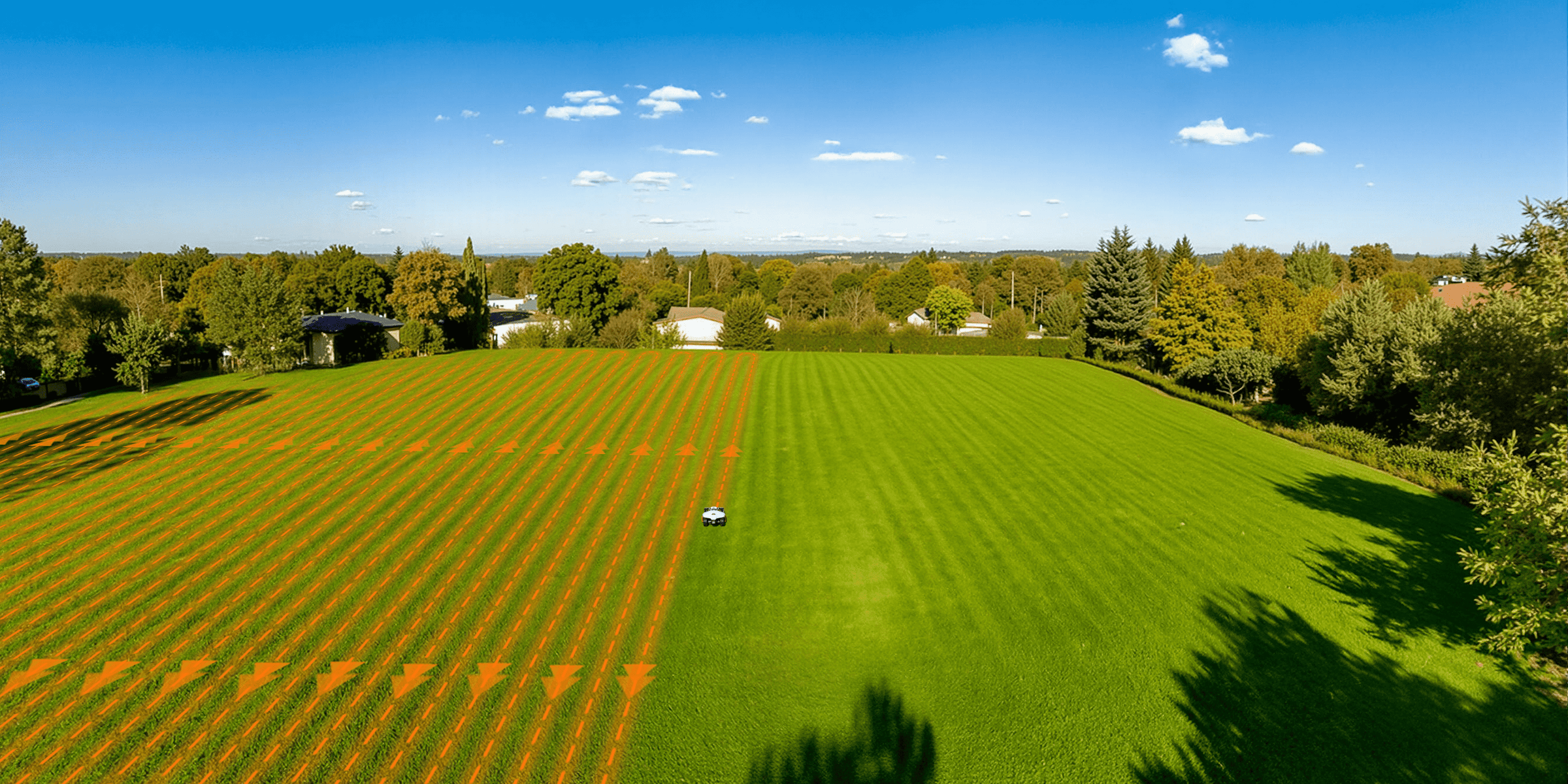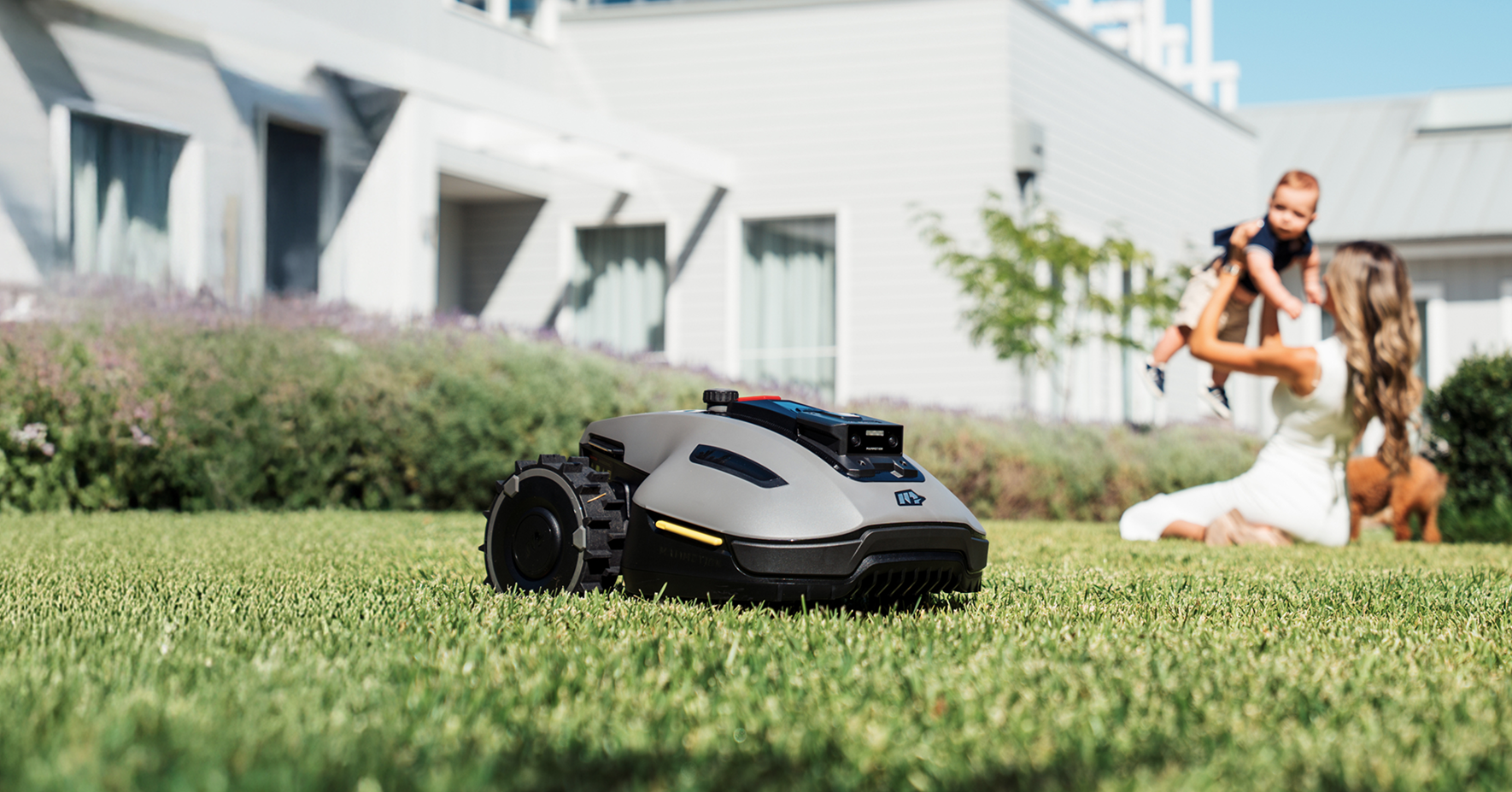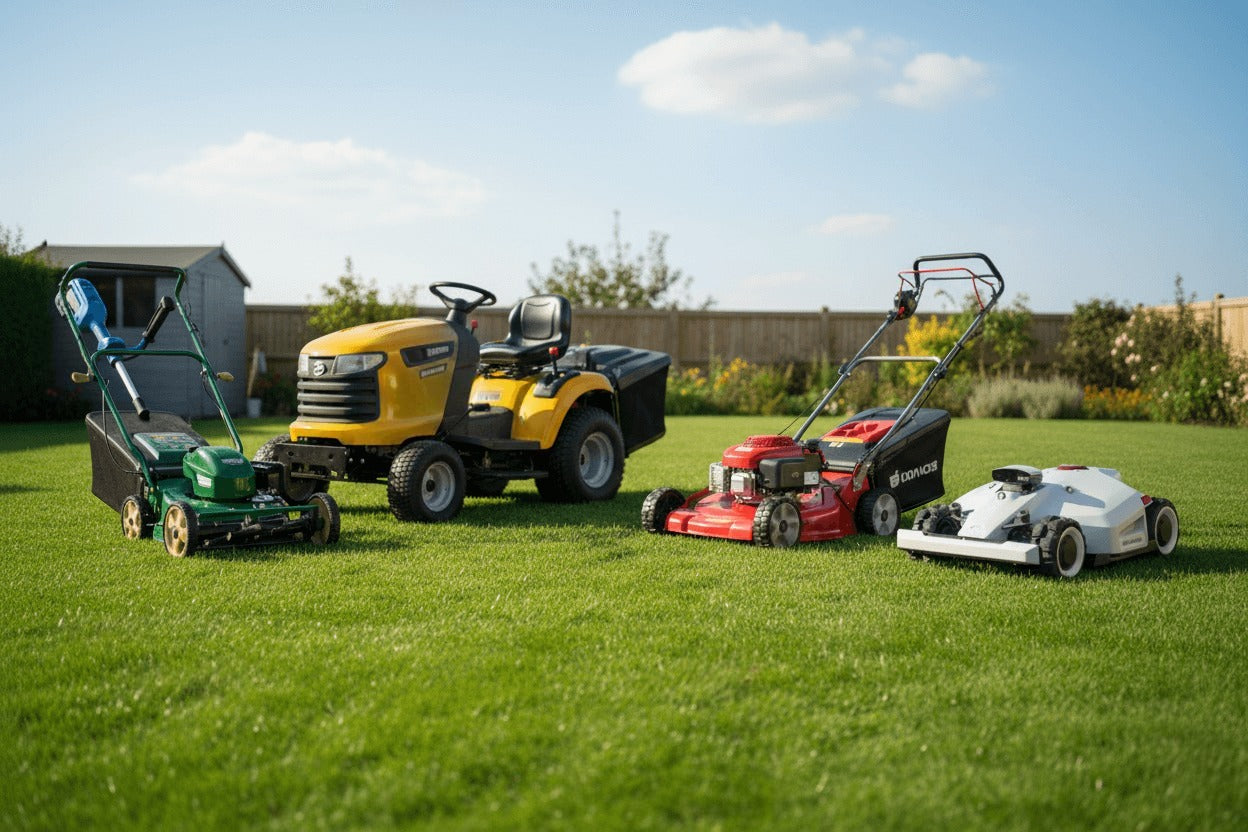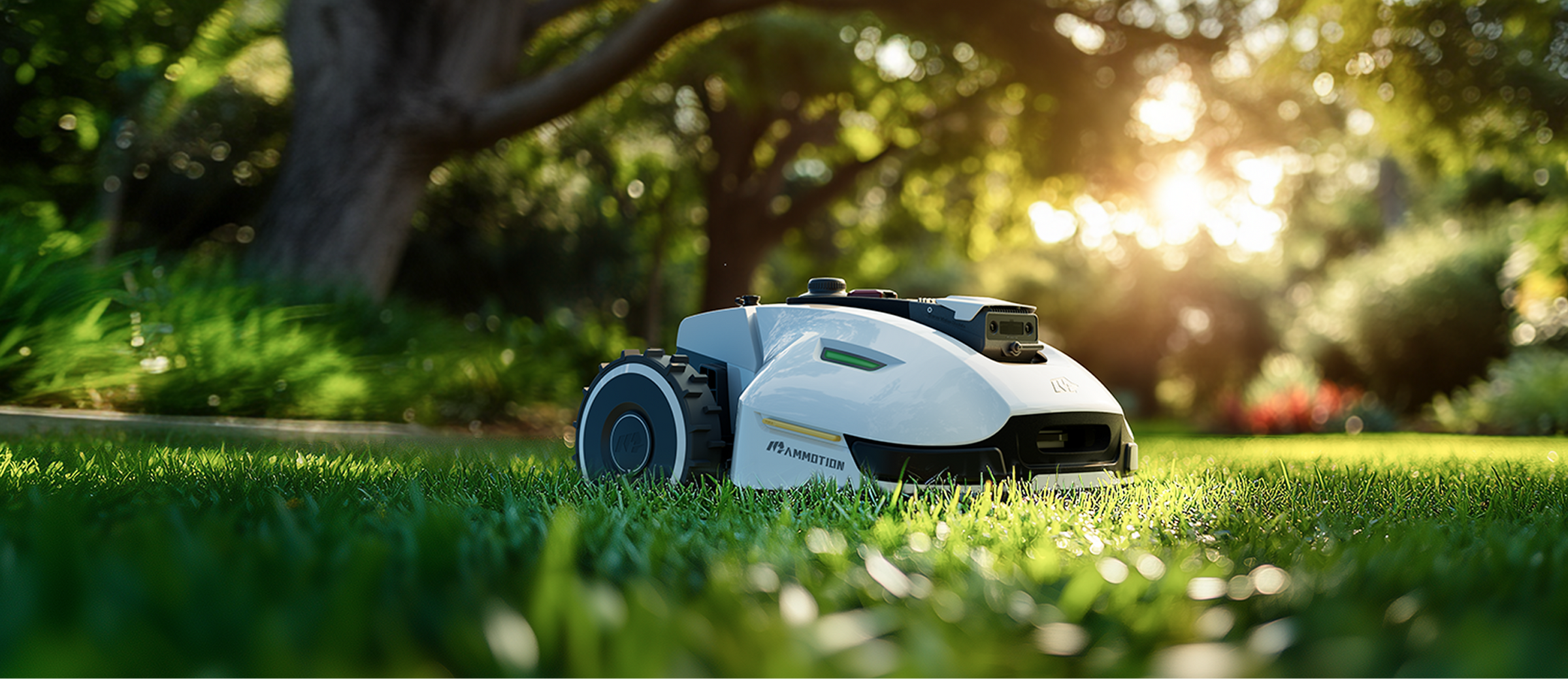If you’ve ever driven a vehicle with all-wheel drive, you already know how much of a difference it makes on hills, wet roads, or uneven terrain. Now, imagine bringing that same technology to your backyard. AWD lawn mowers—especially AWD robot lawn mowers—are shaking up how Americans approach lawn care. But are they just another high-tech gimmick, or a smart solution for real lawn problems? In this article, I’ll break down the truth and tell you if the AWD lawn mower is worth it.
What Is an AWD Lawn Mower, and How Is It Different?
At its core, an AWD lawn mower—short for All-Wheel Drive—is built to power all four wheels simultaneously, unlike traditional mowers that use front-wheel drive (FWD) or rear-wheel drive (RWD). This design provides greater traction and balance, especially on slopes, wet ground, or rugged lawns where standard models often struggle.
The technology behind AWD robot lawn mowers goes even further. These smart machines not only manage their own routes but can climb inclines up to 80%, traverse rough patches without spinning out, and maintain steady mowing patterns on tricky terrain. AWD isn’t just about power—it’s about smarter control across your entire lawn.
Let’s take a closer look at how AWD compares to the more common FWD and RWD setups most homeowners are used to.
FWD vs RWD vs AWD: Key Differences That Matter on Turf
- Front-wheel drive (FWD) mowers pull themselves forward, great for flat lawns but prone to losing traction on slopes, especially when the grass is wet.
- Rear-wheel drive (RWD) gives better control for pushing uphill, but can still slip on uneven terrain or loose soil.
- All-wheel drive (AWD) powers all wheels, providing balanced traction in all directions, making it ideal for yards with hills, tree roots, drainage dips, or soft soil.
Simply put, AWD isn’t a luxury—it’s a functional upgrade for tough landscapes where lesser mowers fall short.
Robot Mowers and AWD: A Game-Changer in Automation
The real breakthrough comes with AWD robot lawn mowers. Unlike older robotic models designed only for flat suburban yards, these AWD versions can handle the kind of terrain most American lawns actually have—think slopes, patches of clay, or uneven gardens in older neighborhoods.
Brands like Mammotion and Worx are leading the charge, building AWD robots that actively adapt to slope angles, adjust wheel torque in real time, and complete jobs without human rescue missions. This isn’t just automation—it’s automation that works even when Mother Nature gets in the way.
For homeowners tired of watching their robot mower get stuck on the same hill every Saturday, AWD is no longer optional—it’s essential.
Who Actually Needs an AWD Robot Lawn Mower?
Not every lawn needs all-wheel drive. But if you’ve got a sloped yard, uneven terrain, or thick, fast-growing grass, then an AWD robot lawn mower might just be the upgrade you didn’t know you needed. The truth is, most homeowners don’t realize how much effort their old mower spends just fighting the ground itself—spinning, slipping, stalling—especially in more challenging environments.
If you’ve ever had to rescue your robot mower from a hill, or watched it miss patches of turf because the incline threw off its pattern, this section is for you. AWD isn’t about bragging rights—it’s about reliable, consistent mowing without babysitting your machine.
Sloped Yards, Rocky Terrain, and Thick Grass: The AWD Advantage
If your lawn has more slope than sidewalk, or patches of rocky, root-laced soil, standard robotic mowers simply won’t cut it—literally. AWD robot mowers grip the turf with all four wheels, applying torque where needed and keeping momentum even on slick or soft ground. That means fewer stuck alerts, better coverage, and no clumps of unmowed grass hiding at the top of the hill.
This is where AWD earns its keep—by working where others fail.
Accessibility for Older Adults and Busy Professionals
For older homeowners or anyone with a full schedule, pushing or even managing a traditional mower can be exhausting or simply unrealistic. AWD robot mowers offer hands-off convenience with serious capability, requiring little to no intervention even on difficult landscapes. No more hiking up hills to restart the mower, no more back strain—just a consistently trimmed lawn, done right, every time.
For many, it’s not just about performance—it’s about freedom.
The Real-World Pros and Cons of AWD Lawn Mowers
In my three decades working, I’ve seen trends come and go—but AWD lawn mowers, especially AWD robot lawn mowers, are no gimmick. That said, every upgrade has trade-offs. Understanding both the strengths and the potential drawbacks of AWD lawn mowers is crucial before investing in one.
Let’s break down what you can actually expect—not just from marketing brochures, but from real-life American lawns.
Pros: Power, Precision, and Performance on Every Terrain
The biggest advantage of AWD is unmatched traction. Whether you’re dealing with spring mud, uneven patches around your garden beds, or steep inclines behind your shed, an AWD lawn mower doesn’t stall out or lose pattern control.
In robotic models, AWD translates into more accurate mowing lines, fewer interruptions, and a truly set-it-and-forget-it experience. For homeowners with hybrid terrain—flat in front, hilly in the back—AWD lets you mow the entire property with one machine and no special prep.
Cons: Cost, Complexity, and Maintenance Considerations
Naturally, all that performance comes at a price—AWD robot mowers typically cost 20–40% more than their non-AWD counterparts. They also have more components, which can mean more things that may need service over time.
While most modern AWD units are built for durability, repairs—especially motor or sensor-related—can be more technical. For DIYers used to fixing basic push mowers, this can be frustrating. But for many users, the reduced manual effort and greater coverage outweigh the maintenance learning curve.
Are AWD Robot Lawn Mowers Worth the Investment in 2025?
So let’s get to the question at the heart of this entire conversation: Are AWD robot lawn mowers worth it in 2025? The answer depends on two key factors—your yard’s terrain and your expectations.
If your property has inclines, irregular terrain, or soil conditions that vary throughout the seasons, then the performance boost of AWD is more than just noticeable—it’s necessary. But if your lawn is flat, obstacle-free, and easy to manage with a traditional bot, AWD may be overkill.
Still, with advances in sensors, battery life, and AI-powered navigation, the 2025 models deliver more than just power—they deliver consistency, which is something older models often lack.
Comparing ROI: AWD vs Non-AWD Robot Mowers Over Time
While AWD robot mowers come with a steeper upfront cost, the return on investment is clear over time for challenging landscapes. They require less intervention, last longer under stress, and cover more ground with fewer errors.
Over 3–5 years, homeowners with difficult lawns report spending less time and money on rescues, manual mowing, and patchy regrowth—making AWD models a smarter buy for those who want long-term reliability, not short-term savings.
The 2025 Buyer’s Checklist for AWD Robot Lawn Mowers
Before buying, here’s what to look for in a 2025 AWD robot lawn mower:
- Max incline rating (at least 45–60%)
- Terrain sensors & GPS-based navigation
- Swappable battery system or fast charging
- Weatherproof housing & rain sensors
- User-friendly app control and boundary wire setup
Stick to trusted brands like Mammotion or Worx AWD—not just for features, but for better support and parts availability across the U.S.
Final Verdict: Should You Upgrade to an AWD Lawn Mower?
If your lawn is flat, well-manicured, and rarely gives your mower trouble, you likely don’t need AWD. But if you’ve got hills, dips, clay soil, or unpredictable terrain, then yes—an AWD robot lawn mower is absolutely worth it.
The upfront cost is higher, but the reliability, reduced maintenance, and all-terrain capability pay off in peace of mind and a consistently great-looking lawn. In 2025, AWD isn’t just a luxury—it’s the smarter solution for real-world American yards.
Frequently Asked Questions
1. What makes AWD robot lawn mowers better for hills?
AWD systems power all four wheels, giving the mower superior grip and balance on steep or uneven ground—something front- or rear-wheel drive mowers can't match.
2. Are AWD lawn mowers harder to maintain?
Not necessarily. While AWD models have more moving parts, most come with sealed gear systems and self-cleaning wheel designs. Regular cleaning and firmware updates go a long way.
3. Do AWD mowers drain the battery faster?
Yes, slightly—but many AWD robot lawn mowers compensate with smarter routing, slope sensors, and larger battery capacity to maintain strong runtimes.
4. Are AWD robot mowers safe for pets and kids?
Yes. Most 2025 models, such as Mammotion, include safety sensors, blade-stop technology, and boundary settings to prevent accidental contact. Still, basic supervision is recommended.
5. Can AWD robot lawn mowers handle wet grass?
Better than standard models, but still with limitations. AWD helps reduce slipping, but it's always best to mow after the grass dries to avoid clogging and battery strain.
6. Is AWD overkill for a small suburban lawn?
If your yard is flat and obstacle-free, AWD may be more than you need. But if you have shaded spots, patches of clay soil, or even a moderate incline, AWD brings added reliability.
7. Do AWD mowers require special installation?
No. Installation is similar to standard robotic mowers—boundary wire placement and base setup. The AWD system is built into the unit and requires no extra configuration.

